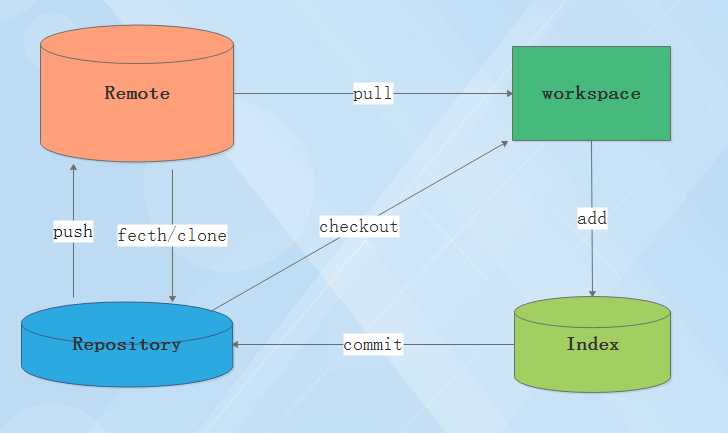
A merge often unites just two branches, although Git supports merging of three, four, or more branches at the same time.

Git merge is a command that unifies two or more commit history branches. We highlight some key distinguishing points comparing the two. They both do the same thing – incorporate commits from one branch into another – but the difference lies in how they do it. Git rebase is yet another command used basically for the same purpose except it does it quite differently. This only changes the target branch while the history of the source branch remains.
#Git rebase vs pull code
It allows developers to take their independent lines of code created by the Git branch and integrate them into a single branch. Git merge is a command that commits changes to another location. Merging is a common practice in Git used to integrate changes from one branch to another. It simply allows two developers sitting at two different locations to make and record changes independently, all without a central repository. It’s extremely flexible meaning individuals can share work directly between their personal repositories and groups can coordinate their workflow through a central repository. It is specially designed to handle everything from small to large volume projects with utmost sped and efficiency.
#Git rebase vs pull software
It is often used by programmers to coordinate changes to software source code and the best part it can be used to track any kind of content at all. I would highly recommend them to anyone using Git.Git is a distributed version control system – a tool for tracking changes made to a set of files or coordinating work over time. I could spend more time trying out different configurations, but these have served me well so far. Diffs are much more meaningful when I have a way to focus on what really changes. I’m able to focus on the lines of code that actually changed and brush over blocks of code that are just moving around. Since turning on this configuration, I’ve found diffs much easier to read. Here’s an example of a diff created by moving a block of code in a file: The additional colors help differentiate actual changes and lines moving around due to those changes. This configuration adds extra colors when running git diff to show blocks of lines that remain unchanged but have moved in the file.īy default, the diff expresses the changes as additions and deletions, with green and red denoting the operation done to a line. Any autocomplete feature that uses this list of branches is much easier to use with limited branches hanging around. Having this option enabled minimizes the number of branches I have on my local machine. Deleting branches on remote but not locally will generate these inaccessible Git objects. git remote prune will delete inaccessible Git objects in your local repository that aren’t on remote. If this configuration is set, running git fetch will also run git remote prune afterwards. This configuration will automatically clean Git objects in your repository locally whenever you fetch changes from remote. And you can avoid merge commits when pulling in your pair’s work from remote to your local branch. Working with a pair? Rebasing when pulling makes the branch history cleaner. To learn more, I’d suggest Git Merging vs. With rebasing, new commits will be created for the changes on your local branch that start after the changes on the remote branch. This configuration switches that behavior to the rebasing strategy.

The default Git behavior is merging, which will create a new commit on your local branch that resolves those changes. When there are remote changes that are not on your local branch, they need to be resolved. This configuration will make pull commands rebase instead of merge: However, in case you need to see the benefits before blindly trusting me, I’ll give a quick overview of how each configuration has helped my workflow. I’ve had these in place for the past few months, and I’d encourage you to apply them right now. I’ve found a few configurations that should be the default for anyone who installs Git: Recently, I started to customize my Git configuration to fit my workflow.


 0 kommentar(er)
0 kommentar(er)
